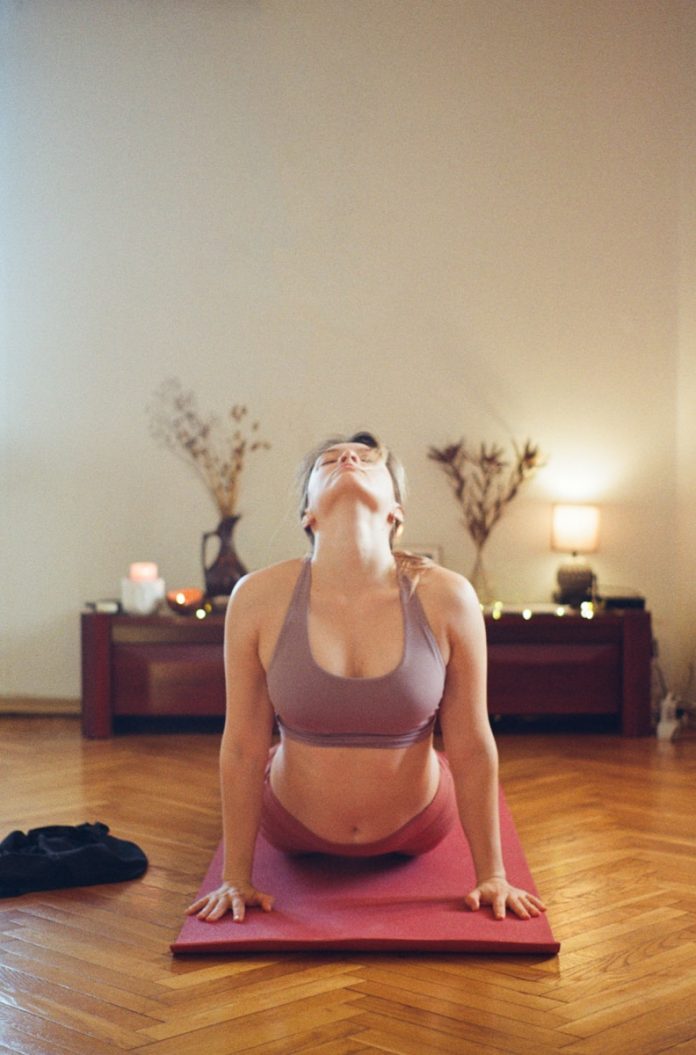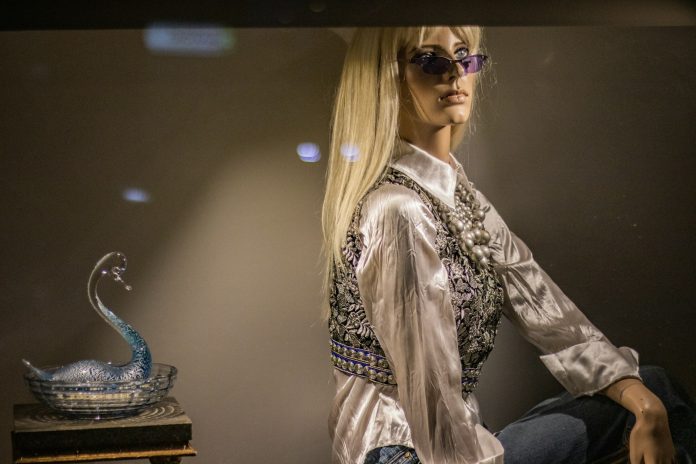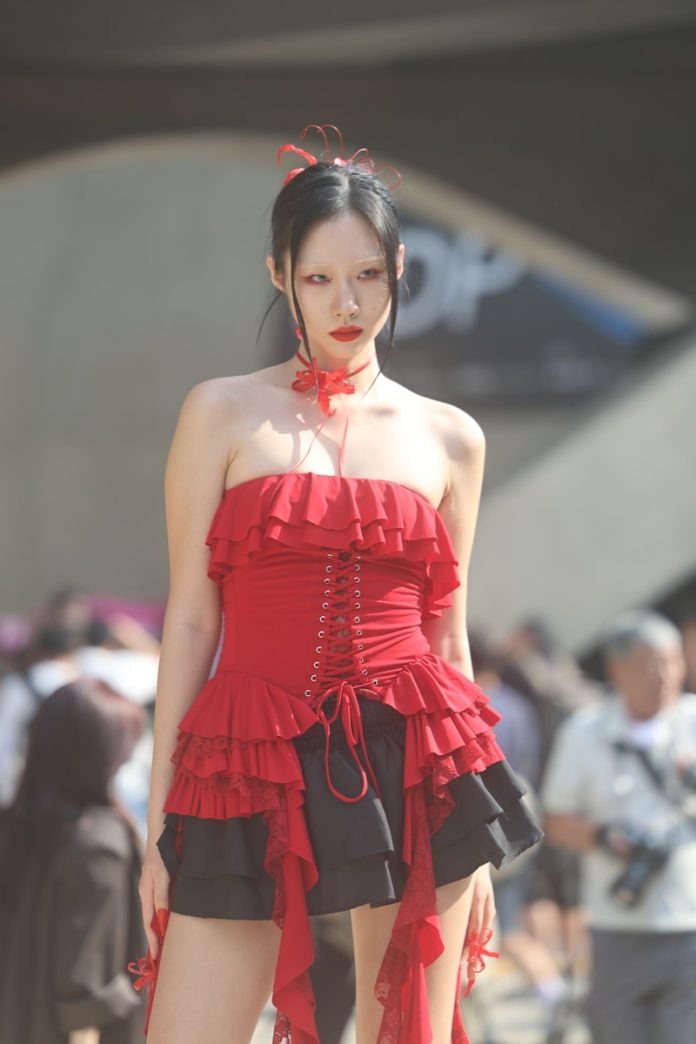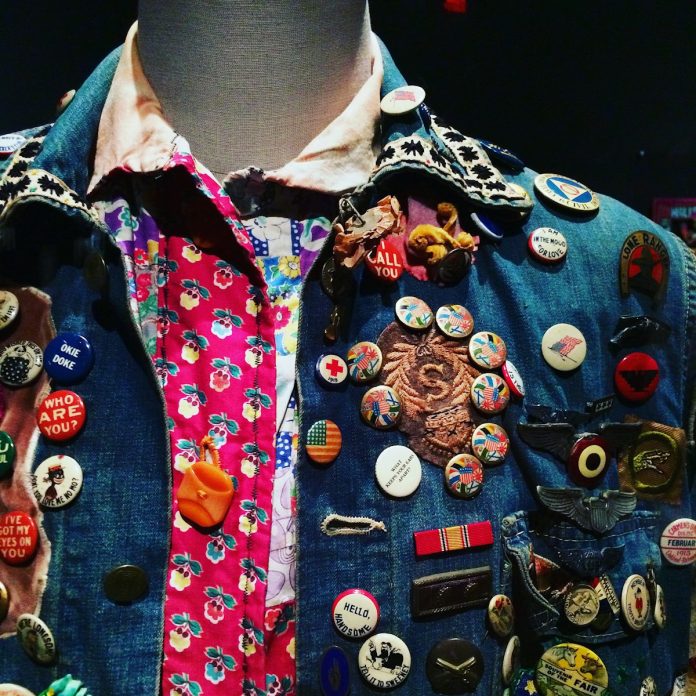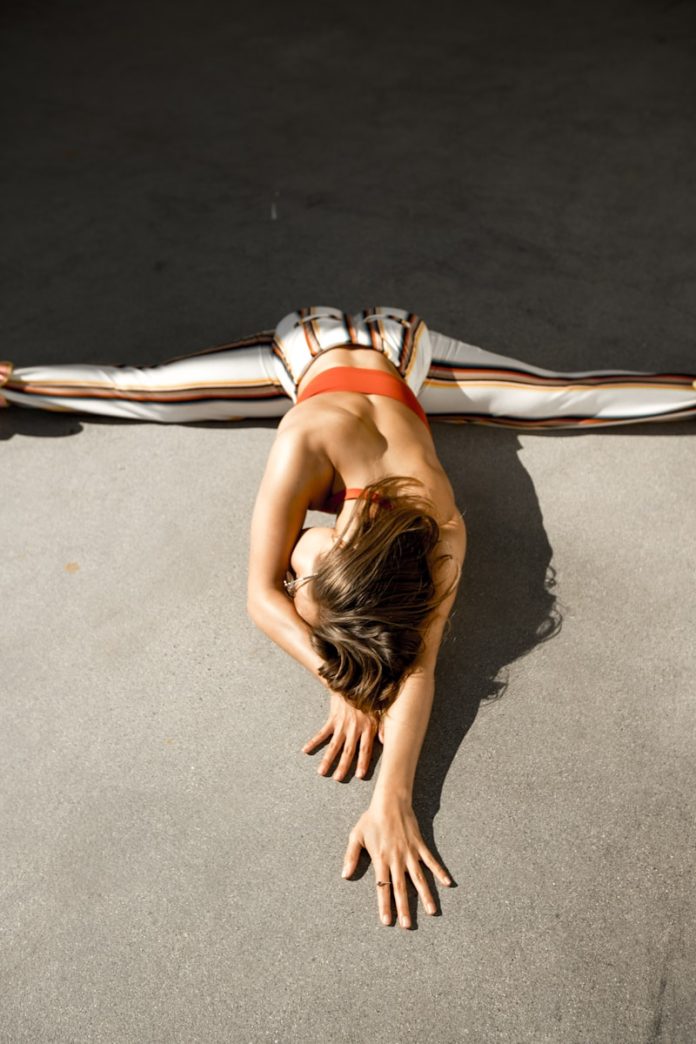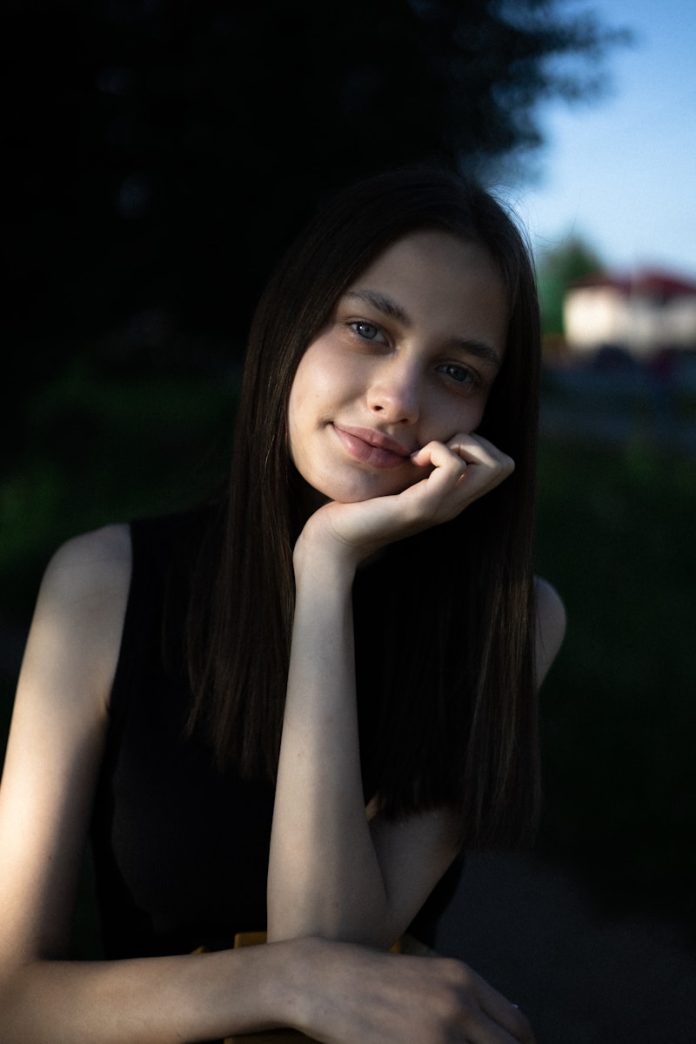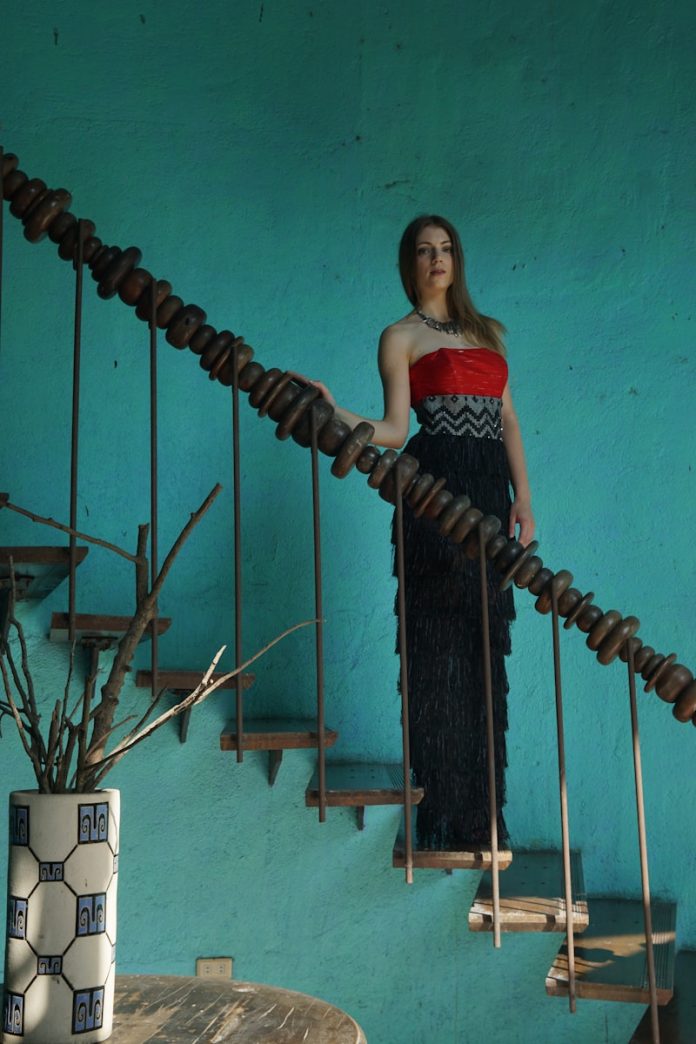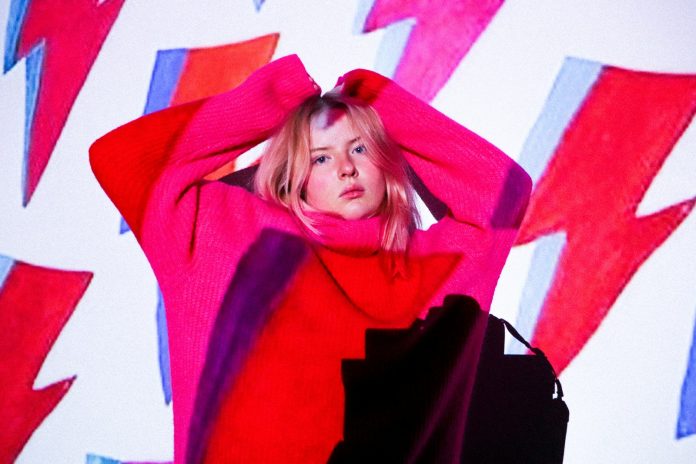There was once a clear divide between performance and presentation, between what was made for movement and what was made to be admired. Running shoes were for the track. Yoga pants were for the studio. Backpacks were for hiking, not the runway. But over the past decade, those lines have blurred, and then blurred again, until we found ourselves in a cultural moment where garments are expected to do more than ever before. Welcome to the age where function meets fashion—where clothing is not only built to move, but designed to turn heads while doing it.
The fusion of utility and style isn’t just a passing trend—it’s a paradigm shift. It reflects the evolution of how we live: fast, dynamic, hybrid, and constantly in transition. In this new world, fashion has become a toolkit, an armor, and a form of expression that doesn’t compromise comfort or capability. This essay explores the origins, cultural significance, and exciting future of this movement—where clothes are made not just to be worn, but to move with us through every facet of life.
From the Gym to the Street: The Rise of Athleisure
The term “athleisure” might sound familiar by now—almost too familiar. But it wasn’t long ago that wearing leggings to brunch or sneakers to work was considered sloppy or lazy. Today, it’s the uniform of urban sophistication. Brands like Lululemon, Nike, and Alo Yoga pioneered the look, offering technical fabrics with flattering cuts that made it easy to transition from the gym to a café to a casual meeting without missing a beat.
Athleisure took hold not just because it was comfortable, but because it spoke to a lifestyle. It matched the energy of the modern multitasker: someone who prioritizes wellness, is always on-the-go, and needs their wardrobe to be as flexible as their schedule. The popularity of yoga, pilates, and fitness culture helped normalize stretch fabrics and performance wear outside traditional settings.
But the real breakthrough came when high fashion embraced the look. Designers like Stella McCartney, Alexander Wang, and even Karl Lagerfeld infused sportswear aesthetics into their collections. Suddenly, joggers were luxe. Crop tops were couture. Sneakers were status symbols. The floodgates opened, and the age of function-forward fashion began.
Function as Aesthetic: Utility, Techwear, and Modular Design
Beyond the gym, the fashion world began tapping into the raw appeal of utility. Think cargo pants, tactical vests, windbreakers, and crossbody bags with more zippers than you know what to do with. This is the realm of techwear—a genre that doesn’t just mimic utility, it embodies it.
Techwear is a style born from urban exploration, inspired by military gear and outdoor survival equipment. It prioritizes water resistance, breathability, storage capacity, and motion. But it also leans into a futuristic aesthetic—think cyberpunk, Blade Runner, and post-apocalyptic minimalism. Brands like ACRONYM, Guerrilla-Group, and Nike ACG design garments that are as ready for a downpour as they are for a digital art show.
What makes this movement exciting is how function isn’t hidden—it’s highlighted. Taped seams, articulated knees, magnetic closures, and detachable layers aren’t concealed; they’re celebrated. This marks a significant shift in fashion philosophy: function is no longer an afterthought—it’s the main attraction.
We’ve also seen the rise of modular fashion: clothing that adapts to the needs of the wearer. Jackets with zip-off sleeves. Backpacks that transform into shoulder bags. Garments with hidden compartments and adjustable silhouettes. These designs aren’t just convenient—they invite interaction. They make getting dressed an experience in customization, not just consumption.
Movement in Design: Fashion for Real Life
Clothing that’s built to move isn’t limited to athletes or tech enthusiasts. It’s for everyone who lives in the real world. People want to bend, stretch, walk, dance, lift, run, ride, and lounge without having to change their outfit three times a day. This demand for versatility has led to an explosion of innovation in materials and construction.
Stretchable fabrics have become the norm, not the exception. Designers are turning to four-way stretch knits, performance denim, and wrinkle-resistant blends that hold shape while accommodating movement. There’s also been a focus on ergonomic tailoring—seams positioned to enhance mobility, waistbands that flex without pinching, and patterns that allow garments to flow naturally with the body.
This is fashion that doesn’t just fit bodies—it understands them. It’s fashion that acknowledges people sit, stand, commute, lounge, and sprint for buses. And more importantly, it understands that comfort isn’t a luxury—it’s a requirement.
Cultural Shifts: Why We Demand More From Our Clothes
The convergence of function and fashion isn’t happening in a vacuum. It reflects deeper cultural changes—how we work, how we live, how we express ourselves.
Remote work has completely changed our relationship with clothing. Traditional office wear has lost its relevance, replaced by wardrobes that prioritize ease and adaptability. People want to feel put together but not restricted. They want garments that can carry them from a Zoom call to the grocery store to a quick workout without screaming “I’m trying too hard.”
Social media has also played a pivotal role. Instagram and TikTok have elevated street style into an art form, turning the sidewalk into a runway. Influencers and content creators showcase clothing in motion—dancing, biking, running errands—making dynamic, functional fashion more aspirational than stiff, posed editorial looks.
Sustainability adds another layer. Consumers are thinking long-term. They’re investing in fewer, better pieces that can do more. Durable, multi-functional clothing reduces waste and aligns with the values of a generation that’s increasingly conscious about what they buy and why they buy it.
This is a lifestyle that prizes freedom—freedom of movement, of expression, of choice.
Fashion That Travels: Global Appeal and Cross-Cultural Influences
Function-first fashion isn’t bound by geography. In fact, some of the most exciting innovation in this space is coming from the blending of global styles. Japanese streetwear, known for its attention to detail and quality, has long married utility with aesthetics. Scandinavian brands like Norse Projects and H&M’s COS line emphasize minimalism and wearable elegance. Meanwhile, African designers are incorporating movement-friendly silhouettes with bold prints and cultural motifs, creating clothes that are as expressive as they are practical.
The global nature of fashion today means inspiration travels at lightning speed. One designer’s use of reflective fabric in Seoul might influence a capsule collection in Paris. A utilitarian jumpsuit worn on a Nairobi runway might pop up in Brooklyn six months later. In this way, movement isn’t just a function—it’s a metaphor for cultural exchange and evolution.
The Future: Smart Textiles and Beyond
As we look forward, the merger of fashion and function is only going to deepen. Smart textiles—fabrics that monitor body temperature, track motion, or even charge your devices—are already entering the market. Think jackets that adjust to the climate or sneakers that adapt to your stride.
We’re also seeing more brands explore gender-neutral and adaptive fashion, with designs built to accommodate different body types, disabilities, or changing physical needs. This emphasis on inclusivity and accessibility is redefining what it means for clothing to “move” with someone—not just physically, but emotionally and socially.
Even luxury fashion is embracing the ethos. Brands like Prada, Balenciaga, and Hermès are incorporating functional details into their collections—not as gimmicks, but as key components of storytelling.

